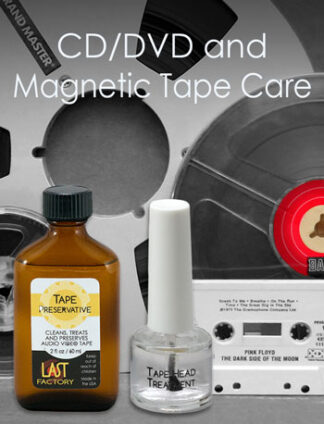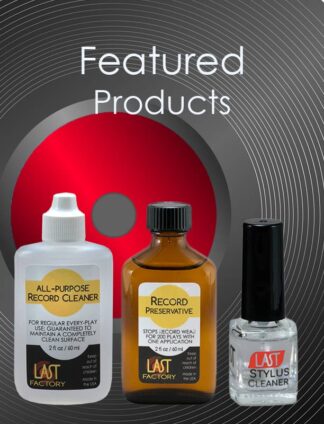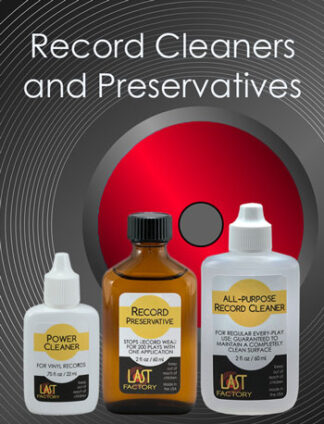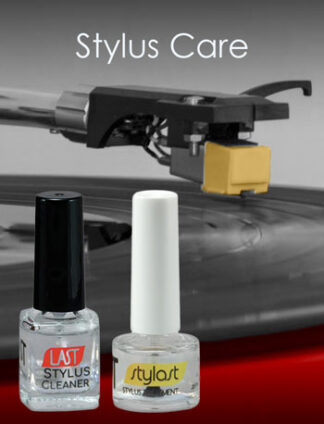I have a few questions about these two products:
1. Head treatment. Is it also a head cleaner? Is it safe to use on pinch rollers too?
2. Last Tape preservative. Do you guarantee that it is actually safe for tape in the long run?
Yes, LAST Tape Head Treatment is safe and effective as a head cleaner. This is actually accomplished during the application of the treatment to the tape heads. However, under conditions wherein excretions from the surface of compromised magnetic tape have established a hard, resistive, ridge (or coating) on the leading edge of the heads or guides, a stronger acting solvent such as Isopropyl Alcohol may be needed to dissolve and remove the offending material.
Last Tape Head Treatment may also be used on pinch rollers, if used sparingly. The goal is to clean and maintain the flexible surface of the pinch roller without providing any excess that might be transferred to the capstan, thereby compromising its task.
LAST Tape Preservative is unconditionally safe for use on magnetic tape. I have treated my own seven and ten inch reels of tape for more than twenty five years. There is an operational caveat which relates to the amount of atmospheric moisture that has been absorbed by the tape’s oxide layer. At the point wherein 20% of the oxide has been compromised by moisture, the polyester binder/matrix in which the magnetic particles are suspended, can begin to catastrophically break down. When this happens, large sections of magnetic oxide and binder separate from the plastic tape and can peel away and become lost information! Excessive amounts of oxide shedding onto the heads and guides is an indication that the tape carries a significant moisture content.
Some operations attempt to repair this condition by “Baking” the tape in an oven. We feel that this can lead to huge mechanical stresses on the tape and support reel as the tape first expands under heating, then contracts during the cool down phase. Our approach is to place the (potentially) problem tapes into a vacuum chamber and evacuate to a very high vacuum. In so doing, the moisture diffuses to the edge of the tape and is evacuated by the vacuum pump. With a High Vacuum pump this process can take several days before the tape is essentially moisture free. Once an end point has been reached, the tape(s) are brought back to standard air pressure and then treated with Tape Preservative. The Preservative prevents the uptake of new moisture, so that the tape remain viable for decades after. We have several customers, who lacking access to vacuum chamber/pump facilities, place their tapes into plastic, sealable containers with silica gel desiccant to achieve suitably dry tapes (ready for application of the Tape Preservative). This approach can take a couple of weeks to reach an end point.
Thank you for your questions. They required a thoughtful answer that became rather wordy. I hope the foregoing is helpful.
Sincerely, Walter Davies





